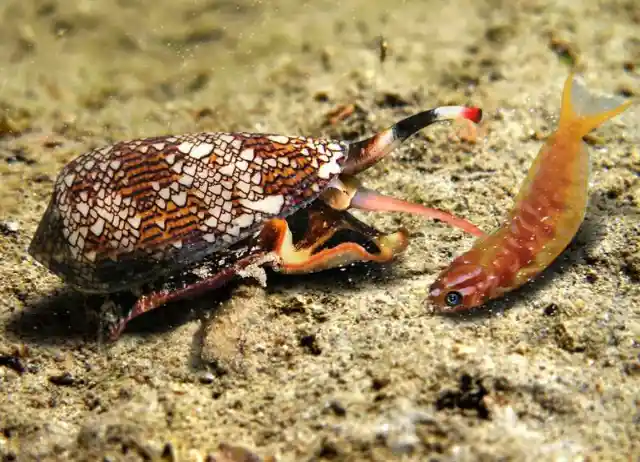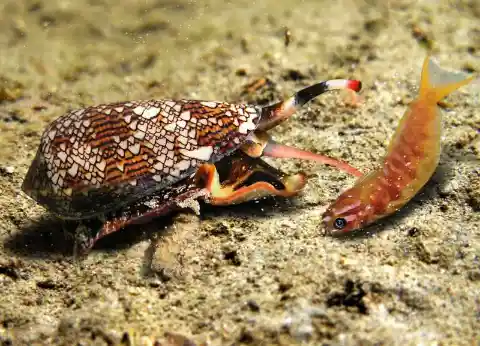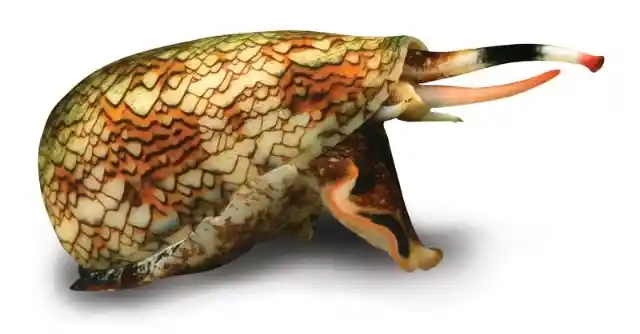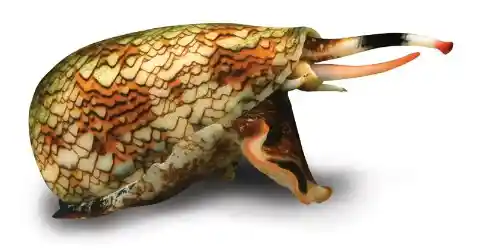If you have any kind of interest in animals, then one thing you will know is that some animals are more dangerous than others. Indeed, in the case of certain creatures, it is obvious just by looking at them that they are dangerous. That being said, when it comes to the most dangerous animals in the world it is easy to get confused. Many assume it is something large and powerful, but the reality is that the most dangerous creatures we face are some of the most innocuous looking.


Snakes in particular are regarded as dangerous, even if many snake breeds are entirely safe to spend time around. However, one form of creature that tends to go unnoticed in the danger charts is snails. One form of snail that often escapes attention especially is that of the cone snail. The cone snail is, according to research, the most venomous creature that we have ever found in the world. It takes over from the likes of box jellyfish, which is typically assumed to be the most venomous thing known to man.
The far more dangerous cone snail, though, beats it hands down. According to experts, a cone snail needs around 1/10th of the amount of venom needed to kill its target compared to most other venomous creatures. Typically found in the reeds of the Indo-Pacific, it is rare for a human to come into contact with a cone snail.


If you are infected and poisoned by a cone snail, you have a close to 66% percent chance of dying without hospital care. Their lack of interaction with humans means we have no antivenom that we can rely upon, so they are extremely dangerous for humans to be poisoned by.
A cocktail of poison that makes the cone snail so dangerous
These creatures are capable of providing as many as 200 toxins in their single attack. That is terrifying. If you want to compare the cone snail to something, then it would be a jellyfish. Their sting can be a mixture of various toxins that, if left untreated, is likely to see you die.
Even if you do get treatment, the lack of a natural antivenom means that you are simply relying on your body to ride out the shock and the venom. This is going to come down to various factors, not least a little bit of luck along the way.